THE BASICS
THE WHOLE-BODY JUMP SHOT THEORY'S NEW AND DIFFERENT FUNDAMENTALS
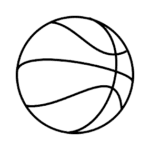
By Robert Tilitz
Back to basics is a common refrain in sports. Generally, it is good advice. But basketball's basics with regard to shooting, by far the most important skill in the sport, are problematic because they are derived from the widely supported but deeply flawed elbow-in-strokesnap jump shot theory. As an alternative, I’ve developed a new and different jump shot theory, the whole-body jump shot theory, with its own new and different fundamental principles.
The whole-body jump shot theory, from its fundamental principles to its finer points, is not an abstract argument but rather a blueprint for action. The whole-body jump shot theory's fundamental principles apply to jump shots, 3-point shots and free throws. The ultimate goal is to achieve mastery of the strongside mid-range pull-up jump shot, which is the whole-body jump shot theory’s centerpiece, despite being unappreciated and neglected by the rest of the basketball world. The strongside mid-range pull-up jump shot is especially important because it is the best attack jump shot and because it spearheads the strongside game's full complement of shooting, driving and passing options.
The whole-body jump shot theory’s fundamental principles include more than shooting techniques. Some of the most important of the whole-body jump shot theory’s fundamental principles, both shooting and non-shooting, are the subjects of the following articles.
Jump Shot Breakthrough - New Techniques, Better Results
My new whole-body jump shot theory is based on the best jump shots in the history of basketball. The result is a systematic and comprehensive jump shot theory that focuses on athleticism, power and protection as well as accuracy and touch. The whole-body jump shot theory explains how and why the best jump shots work in order to make them teachable and learnable. The Reggie Miller-type elbow-out jump shot and the Kobe Bryant-type reachback jump shot are the two premier whole-body jump shots because they fully involve the shooting shoulder in the release. The whole-body elbow-out and the whole-body reachback jump shots first roll the shooting shoulder back during setup and then use the forward rotation of the shooting shoulder during the release both as a power source and as the dynamic that channels the athleticism and the power of the jump of the jump shot into the release. The Kawhi Leonard-type reachup jump shot, the Kevin Durant-type elevated-elbow-in jump shot and Stephen Curry's one-of-a-kind sidegrip jump shot are also important parts of the whole-body jump shot picture.

Reggie Miller
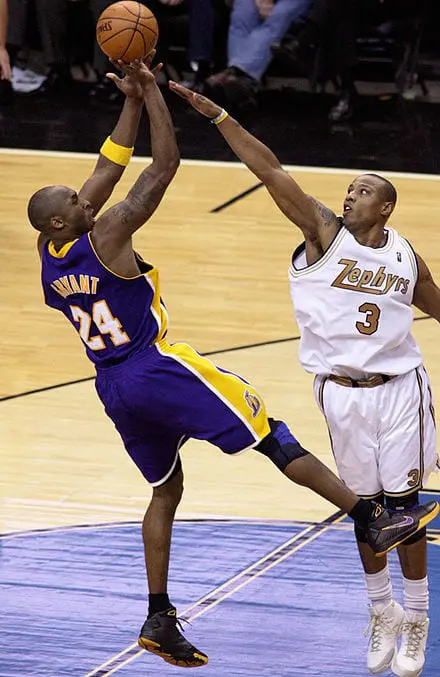
Kobe Bryant
The Shooting Shoulder - Crucial to the Jump Shot
As part of the explanation for how the shooting shoulder brings athleticism and power to the jump shot, a cross-sports comparison is made between basketball and boxing. NBA-favored elbow-in-strokesnap jumpshooters are compared to old-fashioned bare knuckle boxers and whole-body jumpshooters, such as Bernard King and Michael Jordan, are compared to modern boxers. But the takeover of so-called modern basketball by the 3-point shot has diminished the demand for an athletic and powerful jump shot. Does that diminish the importance of the shooting shoulder? It would if not for the whole-body jump shot theory's all but unknown gun-turret adjustability technique, which opens up an approximate 90 degree shooting window by way of shooting shoulder rotation. Without it, elbow-in-strokesnap 3-point shooters often encounter major adjustability problems, even on their staple unathletic standing-start 3-point shots. That's because their elbow-in shooting position's accompanying alignment with the basket for accuracy takes too much setup time and effort to precisely line up, which can be problematic against defensive pressure at any distance. Shooting-shoulder-sourced gun-turret adjustability could solve that problem in an instant because it eliminates the need to precisely line up the shooting position for the start of the release with the basket and therefore minimizes the setup time and effort required to shoot an accurate 3-point shot. But gun-turret adjustability is unavailable to elbow-in-strokesnap shooters because their too-low and horizontal elbow-in shooting position sets up too far out front for the shooting shoulder to roll back and engage with the release mechanism.

Bernard King

Michael Jordan
The Lateral Dribble - Protection, Acceleration, the First step, Turning the Corner and More
The lateral dribble is the most important dribble in basketball, bar none. It might not be fancy, but it is body-wedge protected and streamlined. The all-purpose lateral dribble is the solution to many of the standard though sometimes surprisingly difficult ballhandling challenges that most players must face in one form or another. First and foremost, the lateral dribble protects the basketball. For dribble protection, the ballhandler's body wedges between the defender and the basketball. Using the lateral dribble for every dribble against defensive pressure both in the frontcourt and in the backcourt is not a bad idea. If that is too dull for your taste, well, there is always the ever-ready option of leaning into the lateral dribble for extra-added acceleration to generate some excitement.
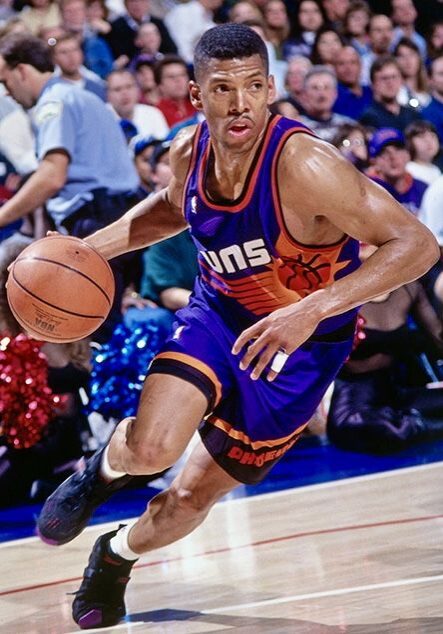
Kevin Johnson
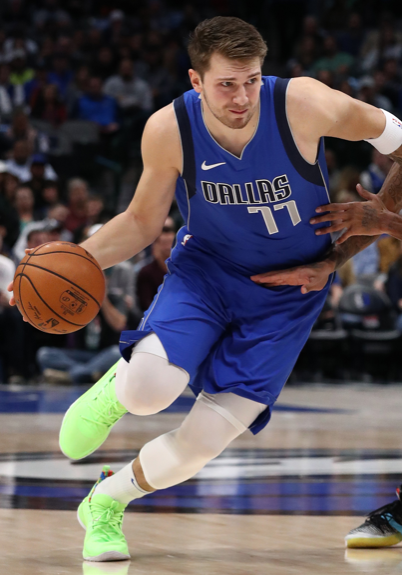
Luka Doncic
The Strongside Game - The Way to Play
To advocate for the strongside game is an uphill battle because it is at present rarely thought of as a legitimate, much less important, offensive tactic. That’s probably because the strongside game is built around the strongside pull-up jump shot, which few players know how to shoot and proportionately fewer coaches know how to teach. The whole-body jump shot theory says that the difficulty of shooting and of teaching the strongside pull-up jump shot is rooted in the widely supported but almost all wrong elbow-in-strokesnap jump shot, which cannot handle the physical demands of pulling up off strongside moves and run-ups. However, if the whole-body jump shot theory's principles are applied, starting first and foremost with its shooting-shoulder-centric release, then the strongside pull-up jump shot gets a lot easier to shoot and the strongside game comes to life.
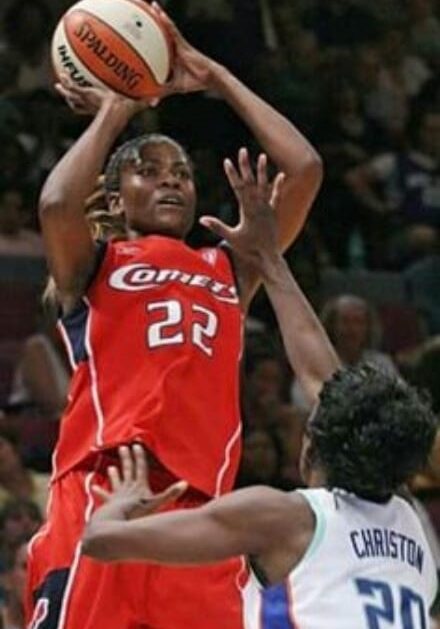
Sheryl Swoopes
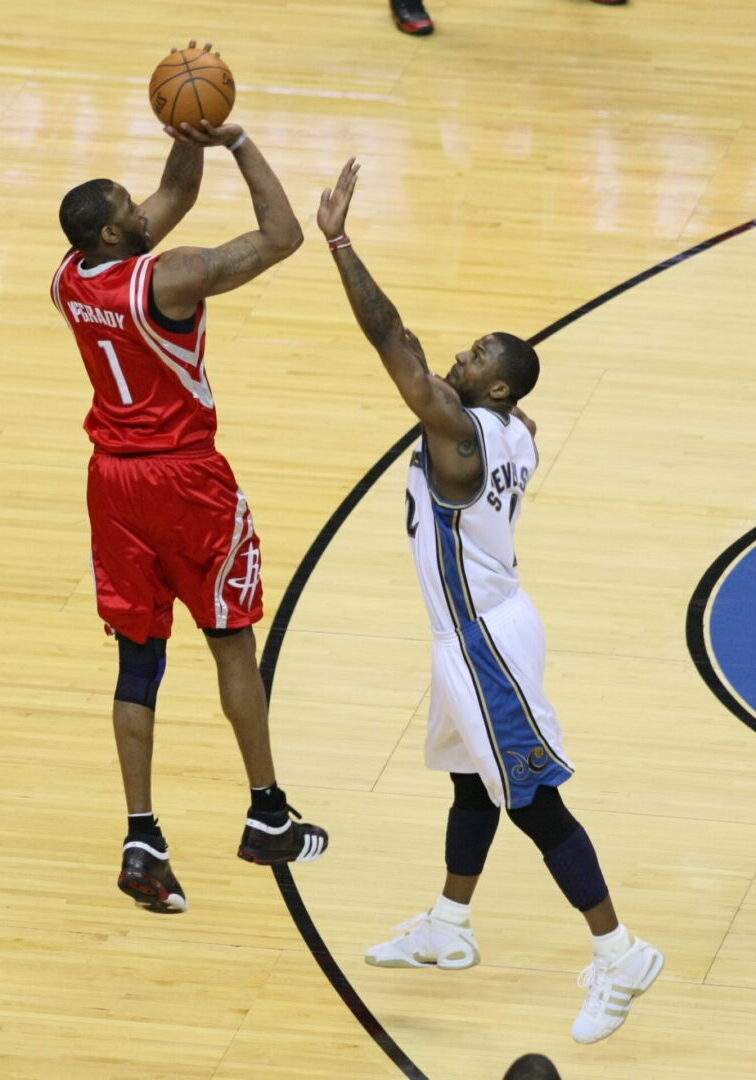
Tracy McGrady
How to Set Up the Shooting Grip for Strongside Pull-up Jump Shots - The Key to the Kingdom
To set up the strongside shooting grip, the basketball should be rotated inward soon after it is grabbed off the strongside dribble. Sounds simple enough, right? But there is a degree of complexity involved that has long stood as an obstacle to shooting strongside pull-up jump shots. In fact, setting up the strongside shooting grip can be the most difficult to learn of all the whole-body jump shot techniques. It can take a few days to a few weeks to learn. But the reward is well worth the effort. With the whole-body jump shots, everything evolves from the setup of the shooting grip. So you get attack jump shots and the access they provide to the strongside game with all of its shooting, driving and passing options from the setup of the strongside shooting grip.

Reggie Miller

Kobe Bryant
Shooting Hand Control - The Right Tool for the Job
A big difference between the elbow-in-strokesnap jump shot’s wrist snap and the whole-body jump shots’ brushing hand action is their primary function. The wrist snap is primarily a power technique. Brushing hand action is primarily a control technique. Elbow-in-strokesnap jump shot supporters do maintain that the wrist snap is also a control technique, but the idea is impractical. One reason is that the strokesnap release must focus on power production to compensate for the fact that its two main components, the forearm stroke and the wrist snap, are relatively small and weak release techniques. Another reason is that the wrist snap cannot separate physically or functionally from the forearm stroke for control purposes because both occur simultaneously. Yes, the strokesnap release can produce backspin, which is a sure sign that jump shot control techniques are at work. But the trouble with strokesnap backspin is that it is like tapping the brakes while speeding out of control with the gas pedal floored. By contrast, brushing hand action tops off the whole-body jump shots’ release after the forward rotation of the shooting shoulder and the extension of the shooting arm have already produced most of its athleticism and power. Thus exempted from the heavy lifting, the shooting hand is free to focus on control of the whole-body jump shots by way of brushing the basketball to produce backspin.
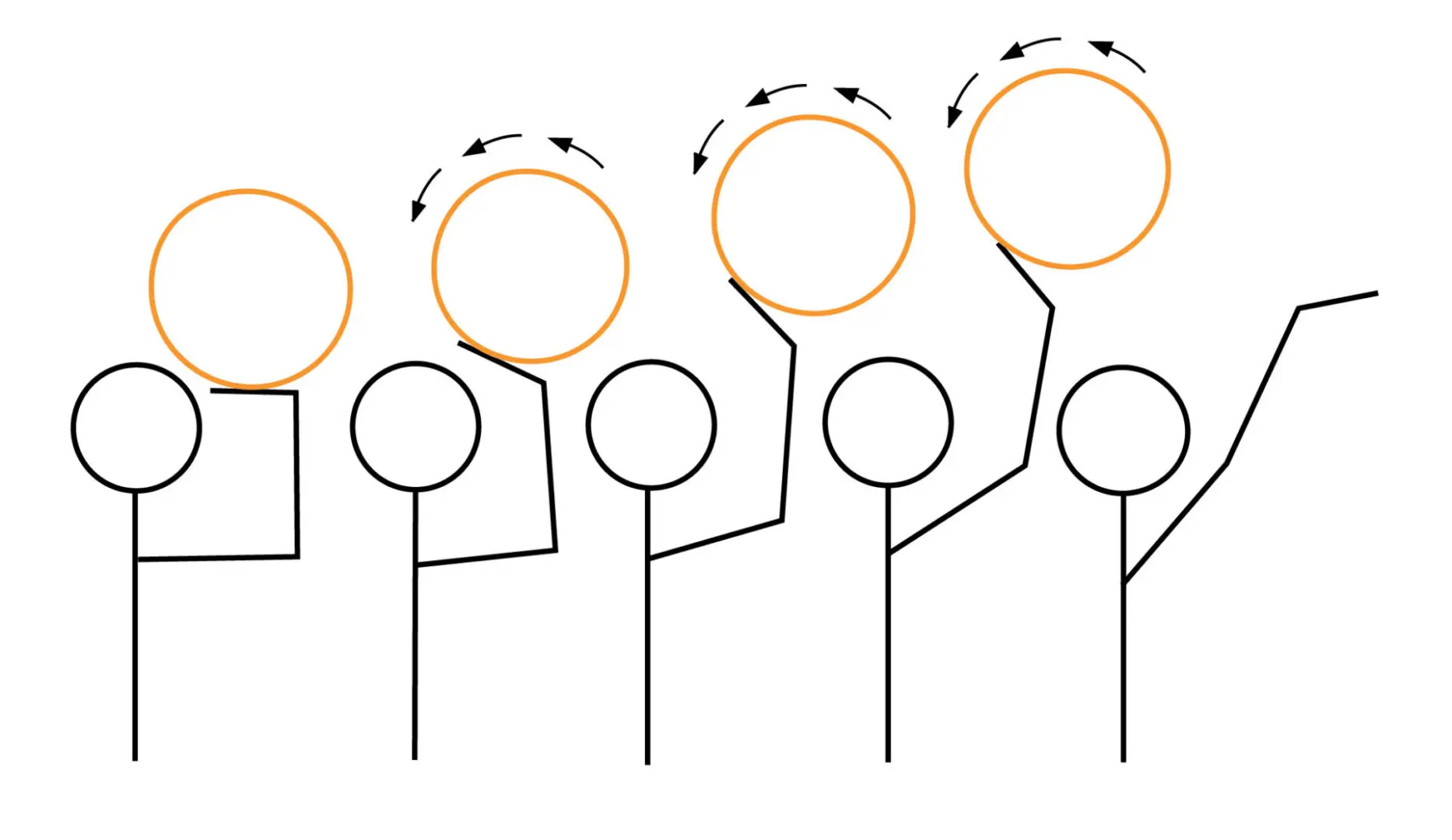
The Elbow-In-Strokesnap Release

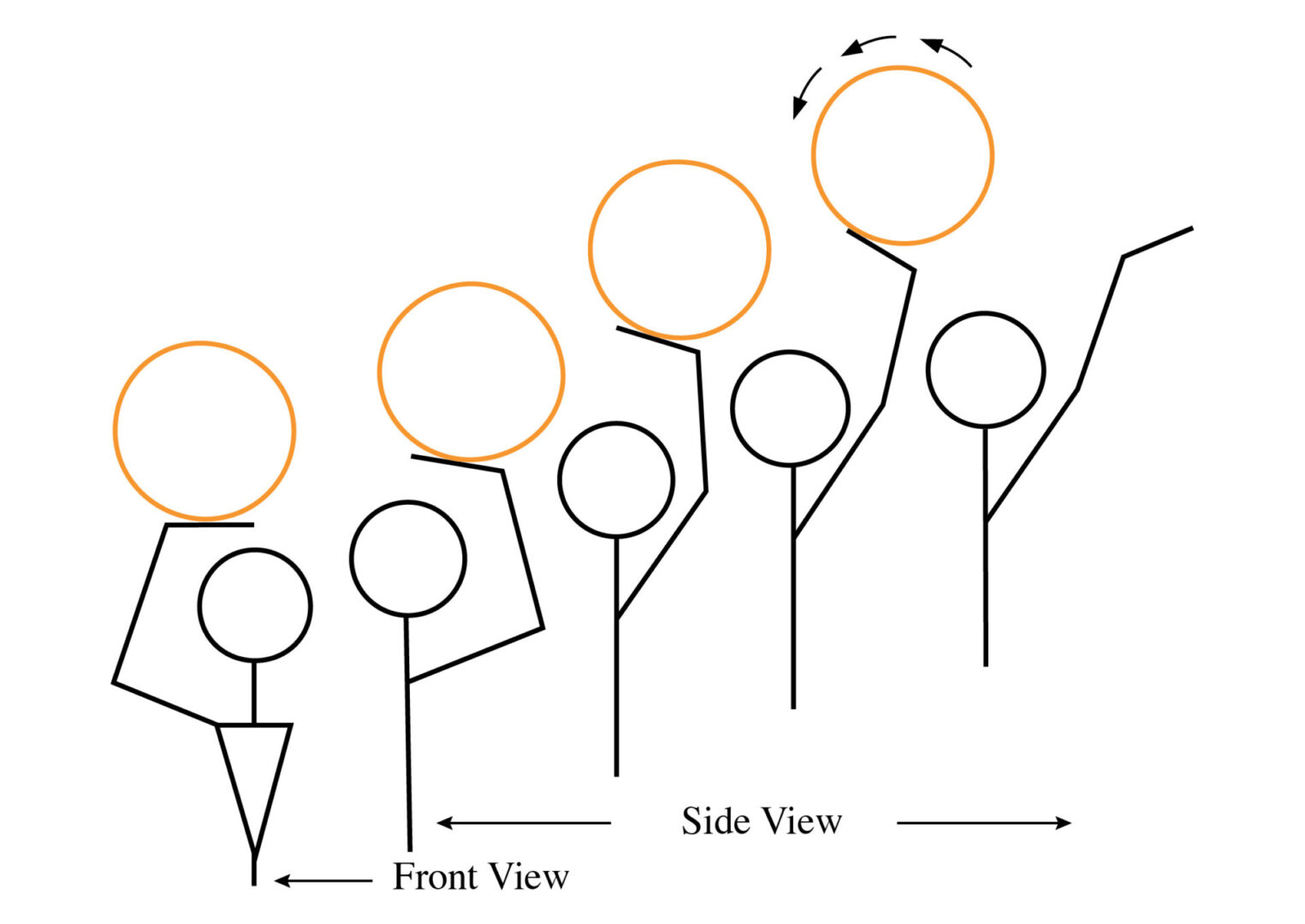
The Whole-Body Elbow-Out Release
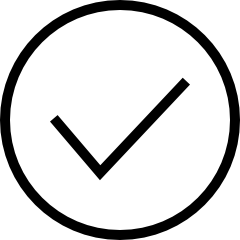
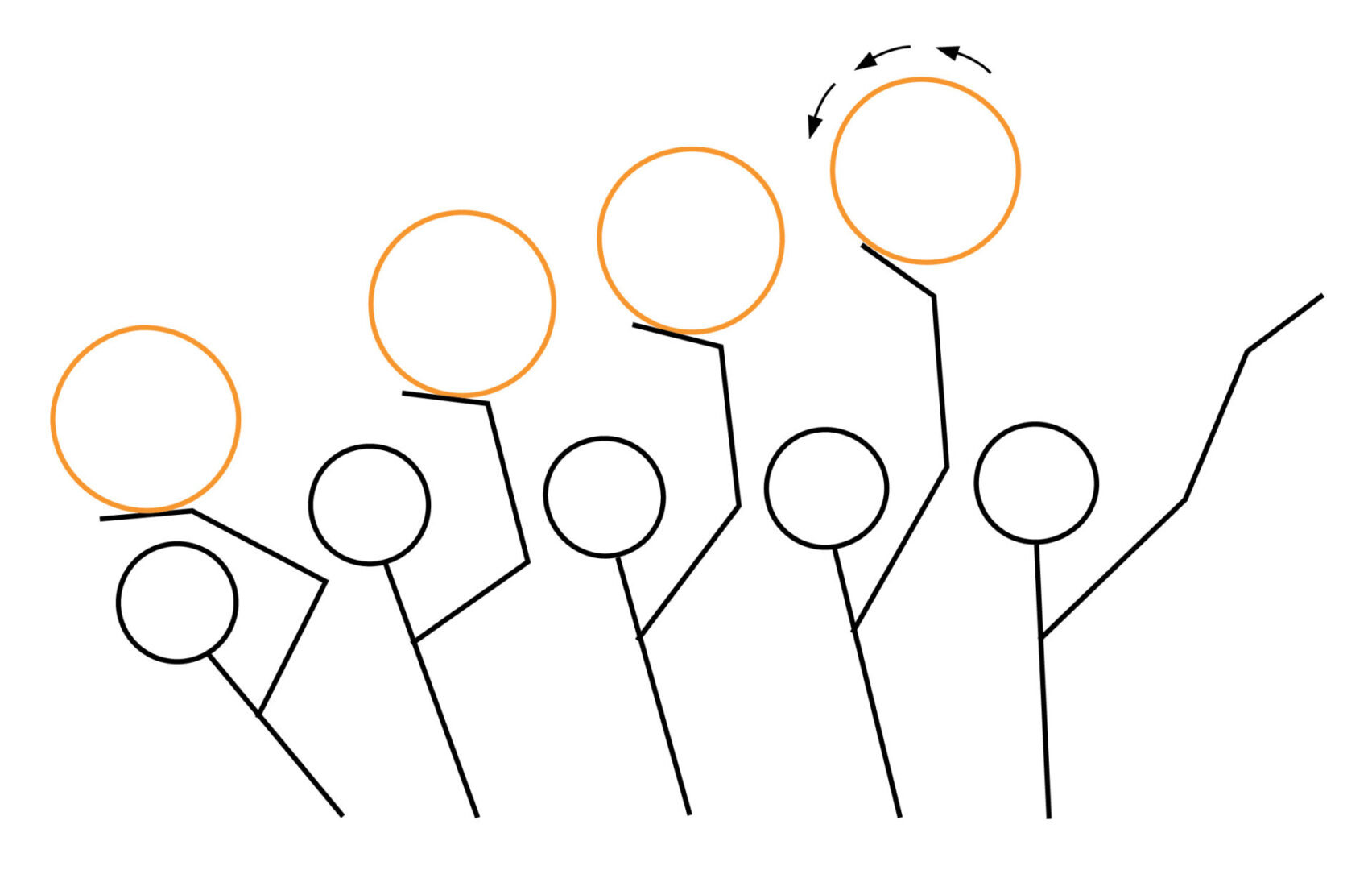
The Whole-Body Reachback Release

The Jump of the Jump Shot - What's It All About, Luka?
The primary purpose of the jump of the jump shot is probably not what you think it is. The primary purpose of the jump of the jump shot more often than not is not about verticality, with a notable exception being post-up jump shots. And there is plenty more about the jump of the jump shot that might surprise you. For one thing, the jump of the jump shot is increasingly missing in action, which is to say that the jump shot itself is increasingly missing in action. Some say that is not a problem. Their argument is that it is simply a case of the jump shot being supplanted by the 3-point shot. But because the point of view here distinctly favors the jump shot over the 3-point shot, it is hoped that advancing an understanding of the jump of the jump shot will advance the larger cause, which is to establish the offensive predominance of the jump shot.
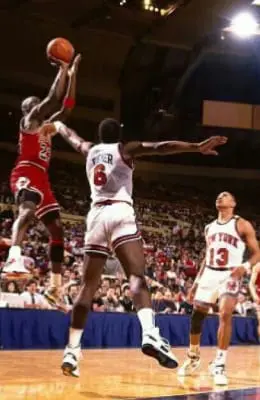
Michael Jordan
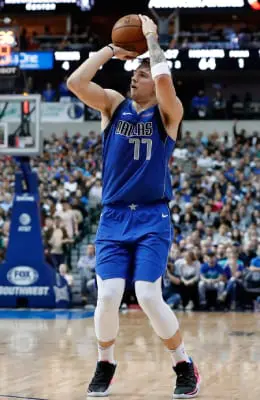
Luka Doncic
Reading - It Makes a Difference
Because basketball is a sport with a social conscience, it has long sought to address the reading problems that afflict some of its young players and young fans. But despite good intentions, basketball’s efforts, most notably those of the NBA, have not been very successful. It could be that the NBA’s failure to remediate reading problems is attributable to its reliance on star players and little more than their personal say-so to deliver the message. The NBA has never been able to sell reading based on the vibrancy of basketball itself. But perhaps the whole-body jump shot theory can pull that off. Its lure is as a how-to promise that delivers the goods. It’s a ticket to learning, via reading, how to shoot a jump shot, which is arguably by far the most important skill in basketball. So listen up NBA, start talking about reading a new way. Just don’t tell the youngsters what to do. Instead, meet them on their own terms. Reading teachers will tell you that getting young people to read is half the battle when it comes to teaching reading.
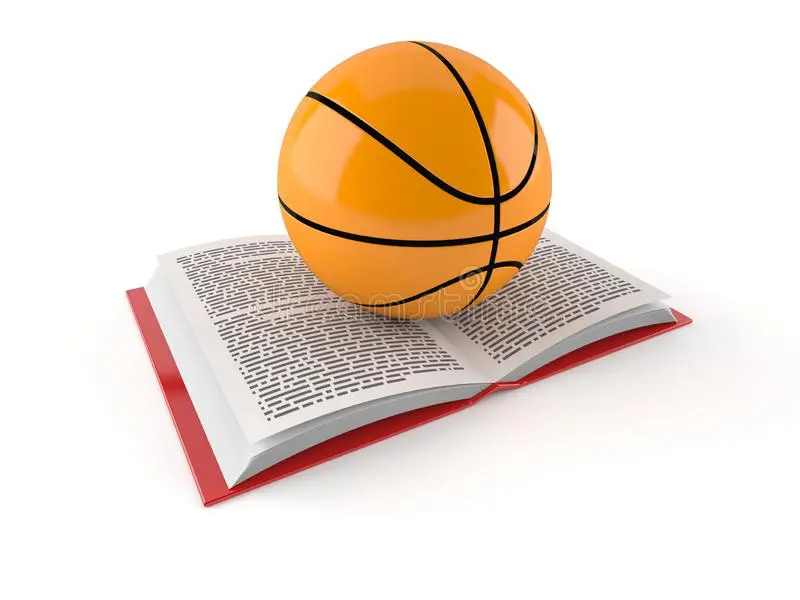
Reading and Basketball Can Advance Each Other
Jump Shot Theory - The Old vs The New
The old and still prevailing jump shot theory doesn’t have a name and there is very little analytical writing on its techniques. That should tell you something right there about the level of thought that the basketball establishment has given to the jump shot, which is unquestionably the most important skill in the game. The argument here is that the basketball establishment’s no-name and sketchy but widely supported jump shot theory has done serious damage to both the jump shot and jumpshooters in a variety of ways. By contrast, my new whole-body jump theory paves the road to successful jumpshooting with details and explanations that make for doable teaching and learning. The whole-body jump theory is publicly available, so you can read it to judge for yourself. Most importantly, you can put the whole-body jump theory to the test on the basketball court.
Jump Shot How-To - What Works and What Does Not Work
Keep in mind that the setup determines jump shot access to the athleticism and the power of the jumpshooter’s body. The several different whole-body jump shots, which are newly identified and analyzed in Power Shooting, locate their forehead-high or higher and close in front or a little farther back shooting position for the start of the release within the scope of the body. As a result, the whole-body release includes the shooting shoulder and the complementary coordination of big-muscle units. The elbow-in-strokesnap jump shot, which is widely supported in the NBA, locates its horizontally extended and aligned with the basket shooting position out front disconnected from the body by distance. As a result, the release of the elbow-in-strokesnap jump shot consists of only the meager forearm stroke and wrist snap combination. Case closed. From setup to release, whole-body techniques are what works for the jump shot.